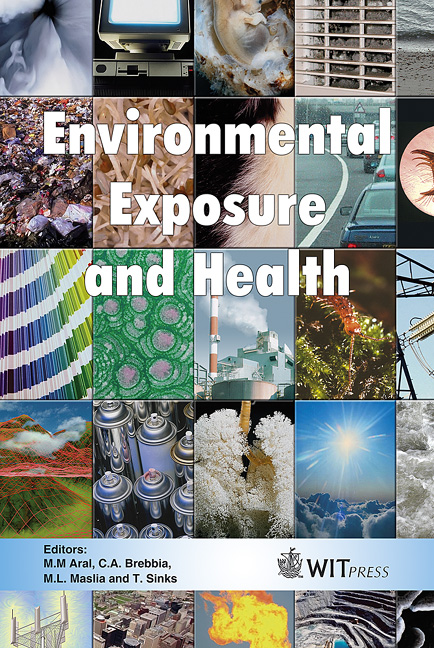Outdoor Measurements Of Airborne Emission Of Staphylococci From A Broiler Barn And Its Predictability By Dispersion Models
Price
Free (open access)
Transaction
Volume
85
Pages
10
Published
2005
Size
354 kb
Paper DOI
10.2495/EEH050041
Copyright
WIT Press
Author(s)
J. Seedorf, J. Schulz & J. Hartung
Abstract
A field study was undertaken to determine the distance travelled by airborne staphylococci from a commercial broiler barn and to evaluate qualitatively and quantitatively the accuracy of predicted downwind concentrations 1.5m above ground in the ambient air as revealed by a Gaussian plume and Langrangian particle dispersion model. Field measurements showed that coagulase-negative staphylococci emitted from the barn decreased exponentially on the downwind side of the building. At least 4260 colony-forming units per m³ air were detected in 477m distance. The airborne transmission of the staphylococci was chiefly determined by the main wind direction, and this was in principle confirmed by the dispersion models applied here. However, the accuracy of predictability was unsatisfactory, and the values calculated by the two models were generally contradictory. Keywords: bioaerosol emission, staphylococci, broiler, airborne transmission, dispersion models. 1 Introduction Farm animal production is increasingly under public pressure because it is responsible for the release of considerable amounts of solid, liquid and gaseous emissions into the environment. Among the most important types of such aerial pollutants are the so-called bioaerosols, which are also released by the ventilation systems of livestock buildings. Bioaerosols in animal confinement buildings consist of a complex mixture of organic dust (e.g. proteins, polycarbohydrates), biologically active components (e.g. endotoxins, glucans)
Keywords
bioaerosol emission, staphylococci, broiler, airborne transmission, dispersion models.




